Question of the Week: March 7, 2019
“Neil, I’m re-landscaping my home. What are some good foundation shrubs?”
It was June 1968. Lynn and I had just moved to Northern Ohio (between Plymouth and Celeryville, to be precise) where I was going to teach vocational horticulture at the brand new and beautiful Pioneer Vocational High School in Shelby, 8 miles north of Mansfield. (By the way, I loved that job!)
I stopped by a really nice retail nursery to introduce myself to the owner. I was hoping my students might find work there during and after school. I explained that I was a transplanted Texan, and I asked my fateful question: “What are your favorite foundation plants for this part of Ohio.”
His reply plays as well in Texas today as it did in Bucyrus, Ohio, way back then. “Houses are different now, Neil. With homes built since 1940 you really don’t have to hide the foundations with shrubs, so I don’t think in those terms much anymore unless I’m dealing with a really old house. I think more in terms of clusters and groupings.”
At this point I step aside long enough to remind you that that was 50 years ago and also that my training was in greenhouse crop production, not in landscape architecture.
But a lot of water has rolled under the Sperry bridge in those years, and I’ve paid lots of attention to what that nurseryman told me. The finest landscapes consist of natural sweeps and drifts of shrubs and groundcovers, not of long, straight rows that repeat the manmade lines of your house’s foundation.
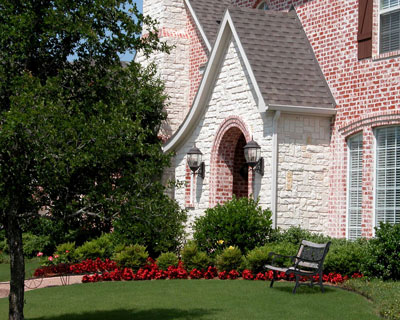
Curves predominate this lovely entryway landscape. There’s no feeling of formality or stiffness. You feel the invitation to visit.
It’s generally better and far easier to maintain a garden where plants’ mature sizes fit the spaces available, and where formal pruning is held to a minimum.
“Foundation plantings” are so pre-1950s. It’s time to fine-tune our thinking.
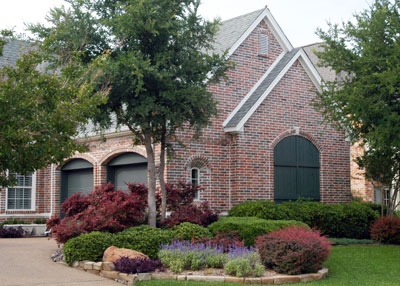
This driveway landscape features clusters of color that blend with the bricks and groupings of shapes that match the curves of the beds. Well done!
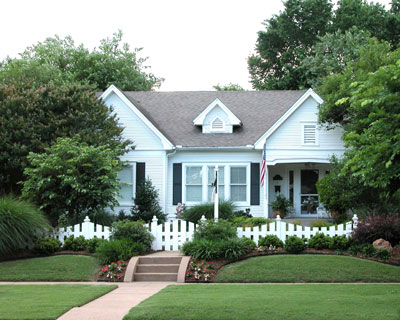
The low fence and its borders define the older home’s property, but they add a cheery touch to the garden they enclose. I’ve watched this landscape for many years and it’s always been lovely.
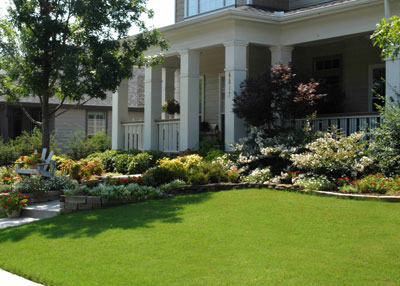
Careful planning caused this lovely landscape to fit together perfectly. I got caught taking photos of a coneflower from the sidewalk, and Scott Keller and I became good friends thereafter. He is an outstanding plant guy.
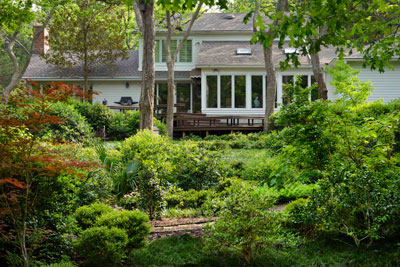
We live on rural acreage. The is a view of the Sperry home landscape from the north looking south through the forest of 60-foot pecans. These are the shade-tolerant shrubs and groundcovers I’m always referencing. Obviously, there’s no formality here!
